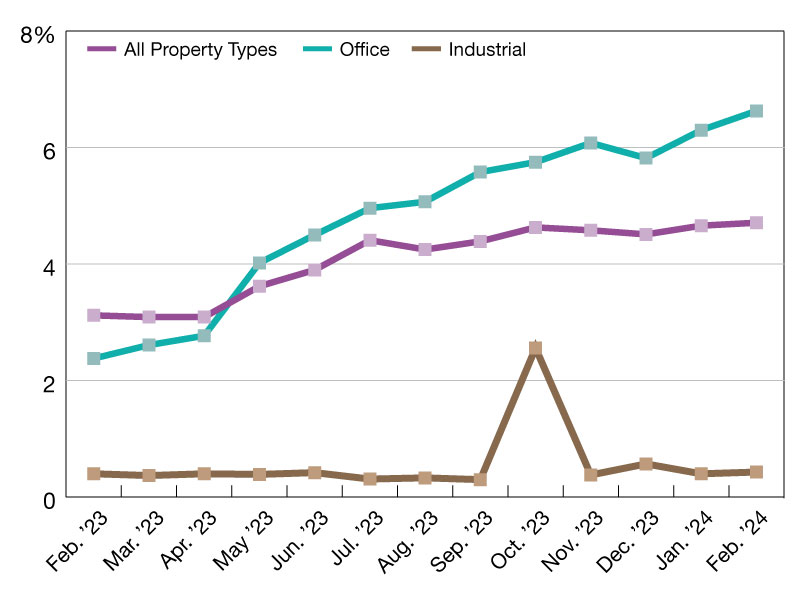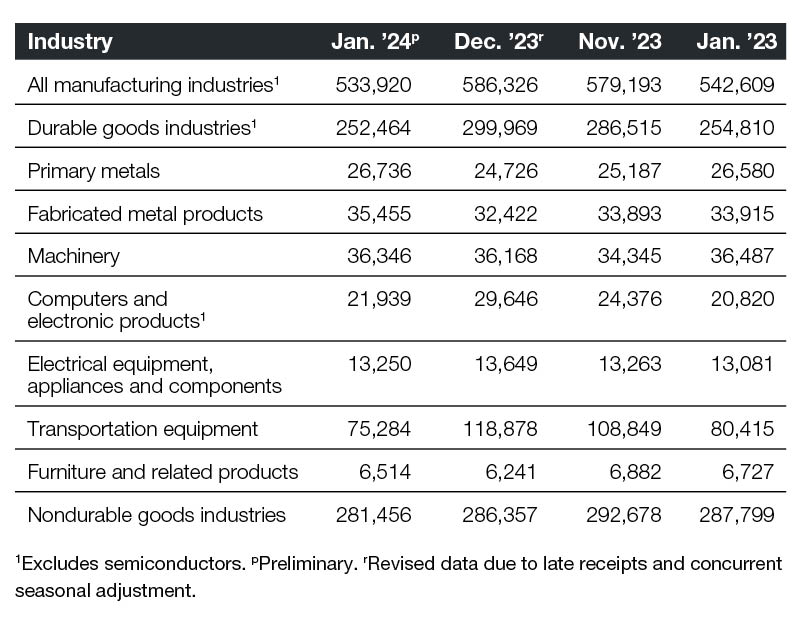Should You Turn Your Leases Green?
The Institute for Market Transformation's Alexandra Harry discusses what to consider.
By Diana Mosher

Alexandra Harry, Institute for Market Transformation
In the quest to improve energy efficiency, a growing number of commercial real estate owners, property managers, occupants and brokers are turning to green leases, also known as high-performance leases. Among the leaders of the movement is the Institute for Market Transformation, a nonprofit organization dedicated to driving demand for energy-efficient buildings through research, programs and policy. Alexandra Harry, IMT’s program manager for private sector engagement, offered insights into how green leases are structured, current best practices and the challenges of bringing all stakeholders on board.
What are the main reasons to adopt a green lease?
A green lease aligns the financial and environmental goals of landlords and tenants, unlocking higher building performance and overcoming barriers in traditional leases to achieve win-win results. By including a handful of new or modified clauses that address energy efficiency and sustainability in a traditional lease, both landlords and tenants are able to save money, enhance operations and make buildings and spaces more healthy, comfortable and efficient.
Green leasing was once practiced by only a handful of forward-thinking and sustainability-minded organizations. When and why did green leasing become an industry standard?
Green leasing has become more established in the U.S. in recent years, as IMT, the U.S. Department of Energy (DOE) and several other organizations have championed the concept. The Green Lease Leaders recognition program, launched by IMT and the DOE Better Buildings Alliance in 2014, has driven green leasing into the consciousness of the commercial real estate community and created strong industry awareness and buy-in. Green Lease Leaders has grown to include firms that represent more than 1.8 billion square feet of building space—a clear indication that green leasing is steadily becoming less of an exception, and assuming the role of best practice across markets.
That said, there is a significant amount of progress that needs to be made. Many energy efficiency and commercial real estate professionals want to adopt green leasing best practices into their standard operations, but they are unsure where to start. A variety of resources are available on IMT’s website, including case studies, webinars and lease clauses, as well as on the Green Lease Library, which IMT administers.
Are there any elements of green leases that building owners—or their tenants—are surprised to learn about?
A growing number of commercial real estate companies, tenants and brokers across a wide range of industry segments and building types are using green leases as collaborative blueprints to increase building energy performance and save money. An IMT study shows that green leases have the potential to save the U.S. office market alone $3.3 billion annually, cutting energy consumption in leased offices as much as 22 percent. A specific example is Kilroy Realty Corp. Kilroy’s green leasing requirements contribute to energy and water efficiency projects and save tenants approximately $4.2 million on an annual basis.
Let’s talk about the nuts and bolts of green leases. How are they typically structured, and what are the best practices for crafting one?
Green leases address the split incentive problem—the disconnect that prevents landlords and tenants from investing in energy efficiency because only one party benefits from the investment. By including provisions such as savings pass-through clauses or requirements for efficient tenant fit-outs, both owners and tenants can better realize the benefits of energy improvements. IMT sees successful green lease language incorporated as amendments, standard clause tweaks and full-scale, enhanced boilerplate template revisions that include green lease language.
Do green leases provide a way to track and benchmark energy savings?
Green leases can tackle energy benchmarking and transparency between landlords and tenants, as well as make compliance with energy benchmarking laws easier. Clauses that require installing a submeter can be a straightforward way for landlords to make tenants aware of their utility consumption and encourage more efforts to save energy. Building energy consumption clauses also provide both tenants and landlords the ability to understand their own energy performance in the context of the whole building, while establishing better communication between both parties. Beyond energy, green leases enable the conversation about how to look at the relationship between landlords and tenants a little differently, and hopefully more cooperatively.
What trends have you observed over the years in the Green Lease Leaders recognition program?
As building efficiency efforts have progressed to more advanced holistic approaches, green leases have evolved as well. The 2018 cohort of Green Lease Leaders is using the lease to not only overcome split incentives but also drive innovation and adoption of forward-thinking strategies that create value. As part of a three-part case study series, IMT and the U.S. Department of Energy’s Better Buildings Alliances are highlighting designees that are using innovative strategies in their green lease and overall operations. This year, three key trends emerged for how leaders are doing this: tenant engagement and collaboration, clean energy, and health and wellness promotions. These topics range from maintaining net zero operations to institutionalizing wellness as a tenant benefit.
As you look ahead to the next five years, is IMT’s goal 100 percent green lease adoption?
Green leases are always a good idea. Every lease should reflect the unique needs of tenants and landlords as well as sustainability. In the past five years, motivations for green leases have become more nuanced. More companies are using their leases to meet the demands of investors and to achieve publicly committed environmental goals.
Will green leases continue to evolve—and which factors could challenge green lease adoption going forward?
Going forward, we hope to see green leases continue to scale across portfolios and building types and be used by even more buildings such as smaller Class B and Class C buildings, data centers, retail, multifamily and government buildings. Finding new ways to engage with hard-to-reach sectors on energy efficiency is a challenge that IMT is currently tackling through programs such as our Small Business Energy Initiative and the Landlord-Tenant Energy Partnership.
Any other tips for owners and occupants who are exploring green leases?
If you are a tenant encouraging your landlord to collaborate on sustainability goals, or if you’re a landlord working closely with tenants to make their space more efficient and healthy, you might be a candidate for IMT and DOE’s Green Lease Leaders recognition.
A first step is to assess your lease and corporate documentation in comparison to the standards specified by the Green Lease Leaders recognition program. Even if you are not currently including energy efficiency and sustainability in your lease, but practice sustainability in building operations and management, the Green Lease Leaders criteria can serve as a guide for enhancing a lease to account for sustainability.







You must be logged in to post a comment.